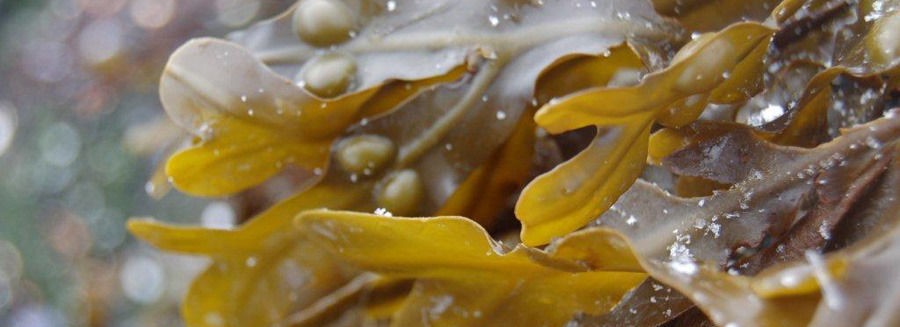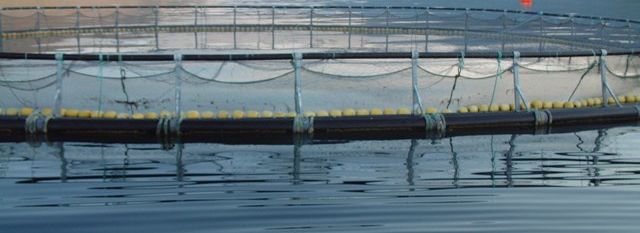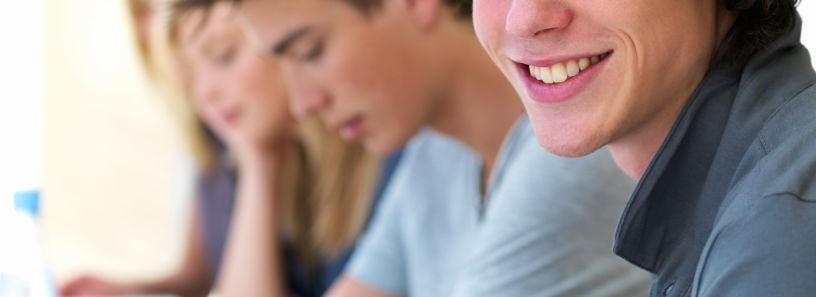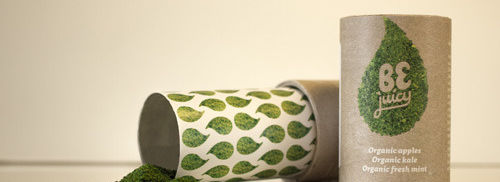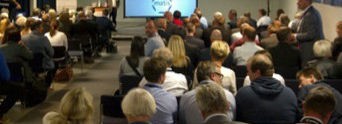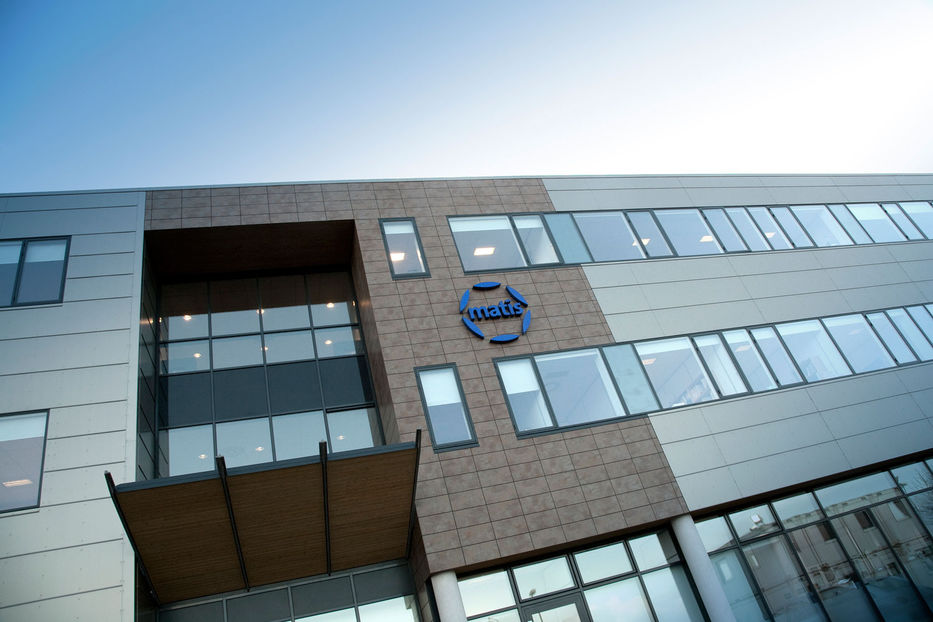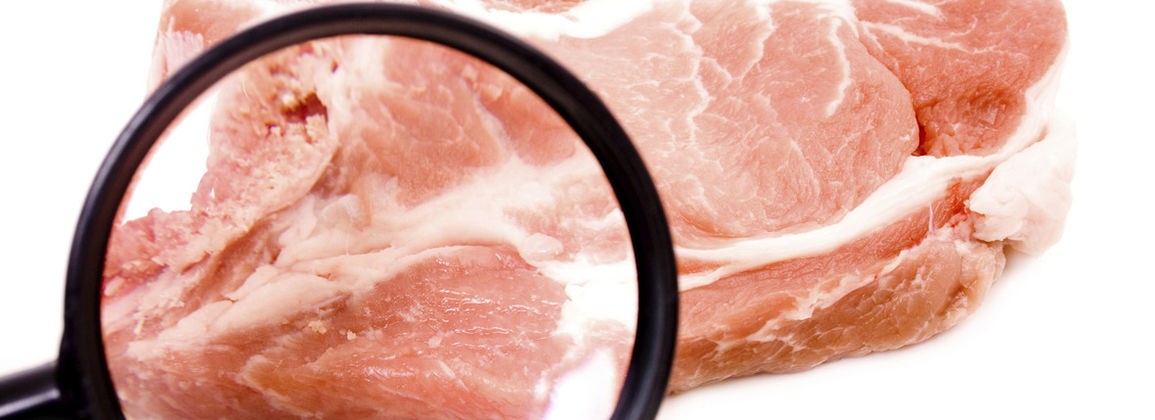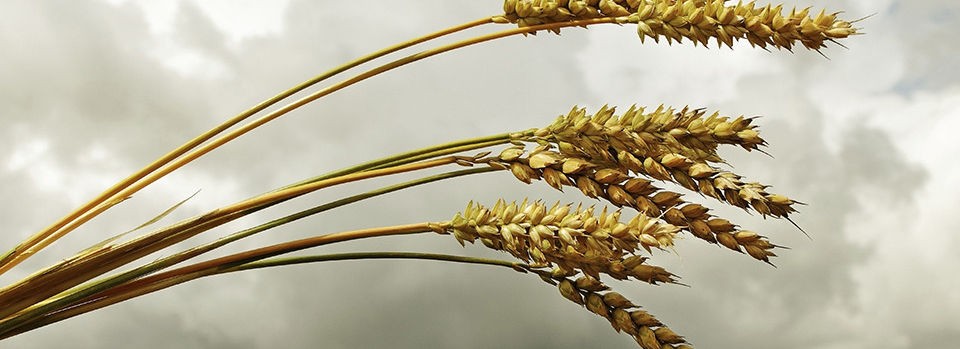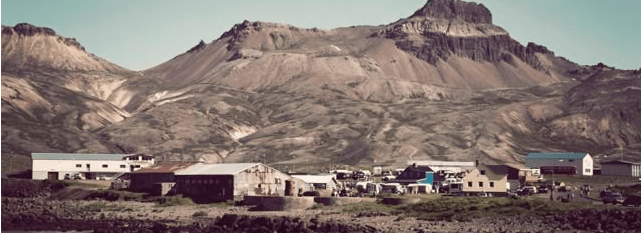Matís, together with the Ministry of Industry and Innovation, the University of Iceland and Mercator Media, is organizing a very interesting conference which will take place on the first day of the Fisheries Exhibition (IceFish) in Kópavogur and will take place on 25-27. september nk.
Matís has participated in all IceFish exhibitions since the establishment of Matís in 2007. The exhibition is the largest of its kind in Iceland and brings together all the main parties in the fisheries sector and sectors related to the fisheries sector in Iceland as well as from other countries. The exhibition has grown steadily since its inception in 1984, and it is noteworthy that the number of participants and visitors increased significantly in 2008 and 2011, despite many difficulties in this country.
The conference that Matís participates in organizing will carefully discuss how we can improve even further when it comes to the full utilization of seafood. Icelanders are at the forefront of the full utilization of marine resources and many look to Icelanders when it comes to learning the right grips, so to speak. When it comes to cod and the full utilization of all raw material that comes ashore, for example, the name of Sigurjón Arason, chief engineer at Matís, is usually mentioned, as few, if any, have as much experience and knowledge when it comes to improving the utilization of cod and other fish species. with the Icelandic fishing industry for more than 30 years.
Sigurjón will give a lecture at the conference as well as dr. Sigrún Mjöll Halldórsdóttir, project manager at Matís. There will be other very interesting speakers at the conference, such as Friðrik Sigurðsson, a consultant who has worked in the Norwegian fishing industry for a long time, Hólmfríður Sveinsdóttir, CEO of Iceprotein in Sauðárkrókur, but Hólmfríður worked for years at Matís' office in Krókur, and Ingólfur Arnarson, CEO of Skagur.
More about the conference can be found on the website www.cesfishconference.com
For more information Sigurjón Arason, Matís's chief engineer and Steinar B. Aðalbjörnsson, marketing director of Matís.


